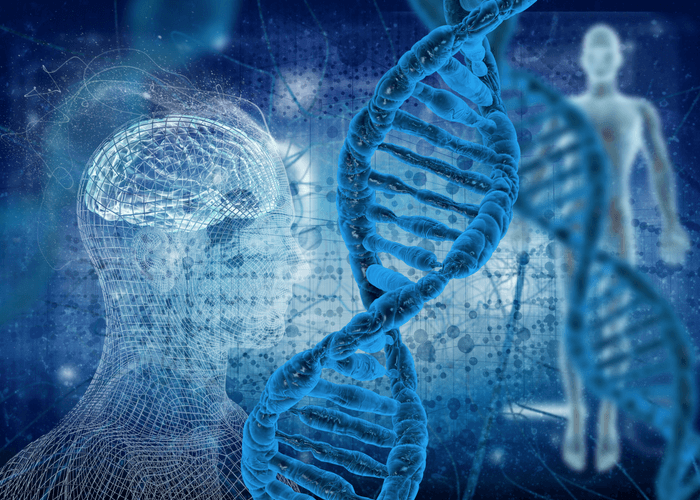FEBRUARY 21, 2018
DNA Double Helix: Why It Still Matters

A Momentous Find: DNA Double Helix Structure
In 1953, two talented scientists, Francis Crick and James Watson, building on the earlier work of their colleague Rosalind Franklin, discovered a structure in cells containing the blueprint that makes each creature unique: the DNA double helix. It was a momentous find that ignited a decades-long (and continuing!) flurry of scientific activity, discovery, and applications for DNA testing.
CALL FOR A FREE CONSULTATIONThe Human Genome Project
Once the discovery took place, mapping the human genome became paramount: How many genes do humans have? What is it about our genes that makes us human? How are these genes sequenced? It took another 50 years to complete this inward voyage of discovery: an undertaking named The Human Genome Project.
As human beings, every last bit of us is driven by the code in our genes, which consists of three billion base pairs in our DNA. How these pairs are arranged is what makes us genetically unique. Genetics affect the shape of our noses and the color of our hair, but it’s been determined that DNA can also affect our health and even how long we live. Have you ever heard someone say, “They got their good genes from their grandma?” Genes are inherited from our parents, and they inherited theirs through their parents, and the chain goes back through the generations. This shared DNA bond provides families with a connectedness that is strong and lasting. If you have children, your DNA lives on even after you’re gone, and that’s a powerful.
So what’s next? Today’s applications for DNA science are limitless, and all this potential stems from the discovery of the DNA double helix.
DNA Double Helix: Out of the Lab and Into the Home
Since 2003, DNA technology has definitely left the lab, hit the cultural mainstream, and found its way into homes around the world. Most people have heard about or tried DNA tests for ancestry. DNA paternity tests have been popular for decades, and can be purchased from superstore and drugstore shelves. The technology has become so extraordinary that women can even do paternity testing while pregnant without any risk at all to themselves or their unborn child.
Some companies provide reports with health-risk information from DNA, while others—like DDC’s retail and online HomeDNA brand—focus on lifestyle tests such as nutrition, exercise, and skin care, in addition to providing the latest in ancestry testing.
These are exciting times for DNA, because it’s only the beginning!
CALL FOR A FREE CONSULTATIONThe Future of the DNA Double Helix
There is still so much to learn about gene function, but the scientific community is well on the way to finding an then presenting to the public the most practical and beneficial applications for DNA science. It’s hard to believe that Franklin, Crick, and Watson could ever have foreseen the impact their discovery would have on the world in a relatively short period of time!
Want to celebrate? Double Helix Discovery Day is observed every year on February 28.
About DNA Diagnostics Center (DDC)
DNA Diagnostic Center is the world leader in paternity and relationship testing. We serve healthcare professionals, government agencies, and individuals around the world to determine family relationships with trusted accuracy.
More Questions? Don’t hesitate to call us: we’re here to help!
CALL NOW




